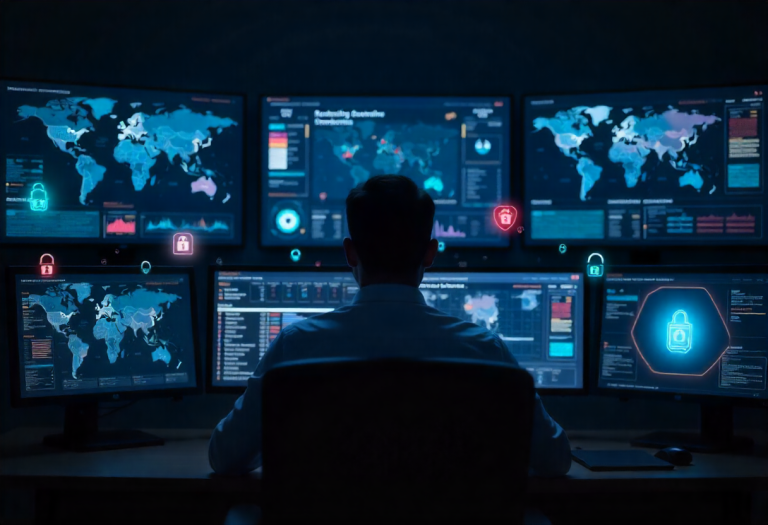As digital transformation accelerates, cybersecurity threats are evolving in complexity and scale. Organizations and individuals alike face mounting challenges protecting sensitive data and maintaining privacy in 2025.
Here’s an overview of the key cybersecurity challenges this year — and strategies to overcome them.
1. Increasing Ransomware Attacks
Ransomware continues to be a dominant threat, with attackers targeting businesses and governments. The rise of AI-generated ransomware variants has made attacks more sophisticated and harder to detect.
Solution: Implement robust backup and recovery plans, deploy AI-powered threat detection, and educate employees on phishing awareness.
2. Phishing and Social Engineering
Phishing attacks exploit human vulnerabilities, tricking users into revealing credentials or downloading malware. AI-generated deepfake phishing messages are becoming alarmingly convincing.
Solution: Multi-factor authentication (MFA), email filtering, and continuous security training are vital defenses.
3. Cloud Security Risks
As cloud adoption soars, misconfigurations and insufficient access controls create vulnerabilities that cybercriminals exploit.
Solution: Use cloud security posture management tools, enforce least-privilege access policies, and perform regular audits.
4. Data Privacy Compliance
New regulations demand stricter control and transparency over personal data. Non-compliance can lead to heavy fines and reputational damage.
Solution: Adopt privacy-by-design principles, maintain detailed data inventories, and stay updated on global laws like GDPR and CCPA.
5. Securing Remote and Hybrid Workforces
Remote work expands attack surfaces through unsecured home networks and personal devices.
Solution: Deploy virtual private networks (VPNs), endpoint detection and response (EDR) tools, and enforce security policies for remote users.
Conclusion
Cybersecurity in 2025 requires a proactive, multi-layered approach. Combining advanced technologies like AI-driven defenses with human vigilance and education is key to protecting digital assets in an increasingly hostile environment.
